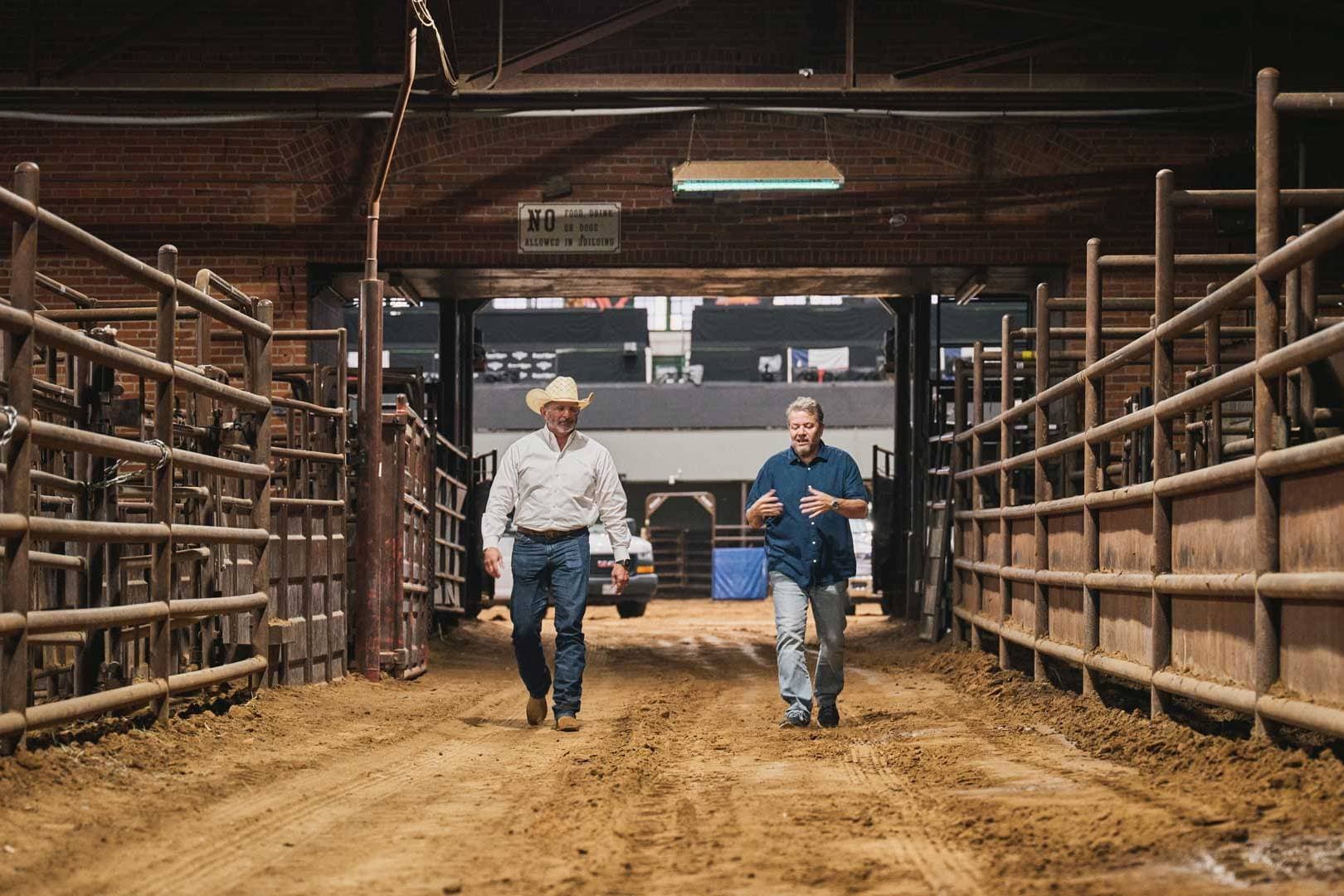The longstanding pain point for ranchers
For more than a century, cattle have changed hands with nothing more than a paper bill of sale and a handshake at the auction barn. Once an animal leaves the ranch, the trail goes cold: packers, retailers, and, most importantly, shoppers can’t see how that cow was raised or treated. Ranchers who invest in better genetics, humane handling, or “never‑ever” health protocols have little proof to justify higher prices, while consumers are left guessing about the quality of the beef on their plates.
Enter blockchain
Blockchain—the same distributed ledger that enables cryptocurrencies—solves this traceability gap. Process‑verified programs such as CattleProof Verified now log each animal’s vital data (birth date, breed, pasture moves, vaccinations) onto a trackable, traceable, transparent blockchain.
Every entry is time‑stamped and shared across the network, so no single party can rewrite history. As the calf travels from ranch to feedlot to processor, its digital record travels with it, giving everyone in the supply chain a single, tamper‑proof history to check, creating an unbroken chain of custody that anyone in the supply chain can see.
“Blockchain is really at the crossroads of the Old West and new tech.” — Rob Jennings, President & Co‑founder of CattleProof Verified
What transparency delivers
This level transparency has many benefits, including:
Proof of origin: Retailers and restaurants can verify that “Oklahoma‑raised Angus” means exactly that.
Animal‑welfare validation: Humane‑treatment claims become facts, not just sales tactics.
Faster food‑safety recalls: If a problem ever arises, the source information can be pinpointed in minutes instead of days.
Verified claims: Because every feeding regimen or health protocol is logged on‑chain, retailers and consumers can see—rather than just take the seller’s word for it—that a steer was truly grass‑fed or raised without hormones.
“Our ranchers’ stewardship of the land and humane treatment can be validated on a blockchain, and that information can be passed on to the consumer.” — Mark Tague, fourth‑generation Oklahoma cattleman and Chief Revenue Officer at CattleProof Verified
How it works in practice
Tagging: Every calf receives an RFID ear tag (a small electronic device that sends signals to other devices using radio waves) to connect it to a unique record on the blockchain.
Data capture: Vets and ranch hands scan the tag whenever they vaccinate, weigh, or move the animal; the event uploads to the ledger.
Transfer of ownership: At auction, the digital record on the blockchain transfers automatically along with the physical animal.
Pack & ship: Processors add important data, such as grade and weight, before boxed beef heads to distributors.
Retail scan: A QR code on the package lets a shopper review the animal’s story in seconds, often right at the meat counter.
The takeaway
Blockchain doesn’t change the hard work of ranching—it enhances the work and provides transparency for the entire supply chain. By turning animal histories into a transparent digital ledger, ranchers gain leverage in markets that reward quality, and consumers gain confidence in the beef they serve at dinner.
From heritage family operations in the country to high‑end grocers in big cities, the technology brings the old cattle trail publicly into the 21st‑century supply chain.
